With questions around safeguarding and accountability prompted by the spotlight being shone on fights and bullying in local schools, Michael Alexander seeks the views of several Fife and Tayside teachers.
When The Courier highlighted a shocking video of a brutal assault on a schoolgirl in a Fife classroom in January, it led to an outpouring of shock and anger from parents and politicians alike.
The incident, which involved another girl, took place at Waid Academy in Anstruther.
Widespread assaults and abuse
It led to The Courier being contacted by other parents whose children have suffered assaults, abuse and cruel taunts from their peers.
An investigation by The Courier’s social media team confirmed that social media accounts dedicated to fights and bullying within Tayside and Fife secondary schools are rife.
Sadly, school bullying is nothing new.
But have mobile phones and social media made the situation worse?
Is disruptive behaviour on the rise in the wake of the Covid-19 lockdowns?
Do teachers have adequate tools to help? Are children too scared to speak up?
And are teachers themselves facing unprecedented levels of assault?
Seeking views of teachers
The Courier spoke to several Tayside and Fife teachers who shared their views on condition of anonymity.
A Dundee-based secondary school teacher told The Courier fighting in schools has been an issue “forever”.
However, social media and better access to media means it’s heard about more often.
“A fight can be online now before the staff know it’s happened,” she said.
“Social media has definitely created a new environment for bullying, but that’s just as true out of school as in school.
“I’m not sure whether we could say that lockdown has affected levels of fighting, but many teachers I know would tell you it has impacted behaviour in general.
“Young people whose final year of primary school, and transition to high school, was interrupted by the pandemic, have struggled to fit into the secondary settings, where more self-discipline is needed.”
Is severity of assaults worse?
A Fife secondary school teacher said that while incidences of fighting may not seem higher than when he started teaching 20 years ago, he feels the severity of assaults have got worse.
Prolonged incidents and incidents with multiple assailants are becoming all too familiar.
Bullying is very much harder to isolate as mental health awareness is much higher in pupils and staff.
Pupils have “documented anxieties for all manner of things”.
However, he said the fallout from the Covid-19 lockdowns had “definitely” had an impact too.
“Certainly the recent intakes from primary have reading and emotional levels well below where we would have expected them to be previously,” he said.
“Cuts to support budgets and the efficiency of timetabling/staffing means pupils are often placed in full classes without the additional support they might previously have accessed, in turn meaning they can’t access the learning, switch off or even become disruptive – to avoid stigma.
“Literally almost one quarter of my current S1 have levels ranging from P2 to P5 and they rarely have support – with some deciding to be disruptive rather than ask for help.”
Increase in ‘verbal aggression’
Another Fife secondary school teacher said she had witnessed an increase in verbal aggression towards teachers during her 20-year career.
However, not necessarily physical assault.
“Throughout my career, I have witnessed violence between pupils,” she said.
“I do think that this has always existed and always will – the ability to film these situations via social media just means it reaches a wider audience.
“However, I do think that more pupils have become verbally aggressive to staff.
“In my opinion, although we try lots of strategies to include and help pupils feel safe and included, there is only so much you can do when resources are so limited.”
The teacher, who holds a senior position, said overcrowded classrooms and lack of staff was an issue – especially lack of PSAs (pupil support assistants).
More pupils are experiencing difficult home lives. But despite schools’ best efforts, they don’t have enough resources to respond to their needs.
Having an extra pair of hands – a well-trained PSA – can help a teacher diffuse a situation with a young person, or allow that young person to get the attention they deserve.
However, the teacher added: “The salary for these staff is so poor that we cannot recruit and the fact that they only get paid during term time is not ideal.
“In addition, pupils with behavioural issues have less targeted support due to lack of funds and staff training.
“Thus some pupils get very frustrated and end up swearing or losing their temper with staff.
“There are still so many examples of good behaviour, though, by pupils to each other and staff on display every day, so it’s important to recognise that too.”
Impact of social media?
A recently retired Fife teacher with more than 30 years teaching experience said bullying and violence in schools has been endemic for generations.
However, without a doubt, he said, social media and smart phone use has become part of the problem in the last decade.
“Schools have had fairly robust anti bullying initiatives and policies for some time,” the retired teacher said.
“These are normally disseminated via social education and/or assemblies.
“The emphasis is on restorative approaches and working through problems as opposed to previous institutionalised bullying and a more punitive school ethos – often modelled by adults in the past!
“Classroom teachers, guidance staff and senior management spend an inordinate amount of time addressing issues arising from inappropriate phone and online cyber bullying that can occur in class time – but mostly is a consequence of out of school social media use impacting on relationships and behaviours within school.”
The retiree said the devastating effects of social media and online bullying on young people’s mental health have been well documented.
In the present cultural climate, parents often do not have the knowledge, tools, or time to monitor their children’s use of social media.
This can result in issues/disputes/rumours spiralling out of control during the school day, resulting in physical altercations and severely impacting on pupil health and wellbeing, teaching and learning.
Schools, in response to parental concerns, are reticent to make pupils hand in their phones to staff prior to the start of lessons/beginning of the school day.
This may be due to parents wishing to be able to contact offspring immediately instead of the traditional route of having to go through the office.
However, the retiree added that bullying of staff is definitely more of an issue, with pupils’ rights often appearing to “outweigh” responsibilities.
He told of staff being “surreptitiously filmed” and then spread on social media.
Violence against teachers is “rare”, he said, but it does occur.
“For staff working with pupils with additional support needs, e.g. autism, violence can be more common,” he added.
“While increased reporting through completion of HS1 forms has probably lead to a perceived rise, hitting, spitting etc by non-verbal pupils could be seen as a means of communication.
“I was only assaulted once or twice in my teaching career, both times while working with some of the most challenging pupils in Fife in what was then known as the behaviour support service.
“Staff working in these situations are usually trained in non-confrontational interventions and de-escalation.”
‘Action breeds action’
Retired police officer Graham Goulden, who spent his last years in the force as a chief inspector with the Scottish Violence Reduction Unit, has urged school leaders to “activate their bystanders” so that peers are encouraged to call out abusive behaviour at the earliest opportunity.
Whilst inaction leads to inaction, it’s also known that ‘action breeds action’.
“The level of violence seen in the (Waid Academy) footage is serious,” he said.
“However it is likely that other harms were in plain sight well before this incident.
“Without interruption violence and abuse will evolve and continue.”
Scotland’s biggest teaching union, the EIS, recently demanded better recording of violence in schools after it emerged councils could not provide conclusive data to show the extent of incidents.
The teaching union said it has received reports of rising cases of violence.
However, it claims teachers have been discouraged from reporting them.
‘Unacceptable’ behaviour
According to a recent BBC report, when Scotland’s councils were asked to provide full statistics on violence against staff and pupils, of the 32 local authorities, nine councils could only offer partial data on attacks on teachers and seven didn’t provide any data at all.
But what data was available showed a 45% increase in the number incidents between pupils.
First Minister Nicola Sturgeon has said bullying and violence is “unacceptable” in any setting.
Local authority body Cosla has said councils take the issue of safety in schools extremely seriously and every incident is dealt with in an appropriate manner.
EXCLUSIVE: 70 social media accounts dedicated to school violence and bullying in Tayside and Fife
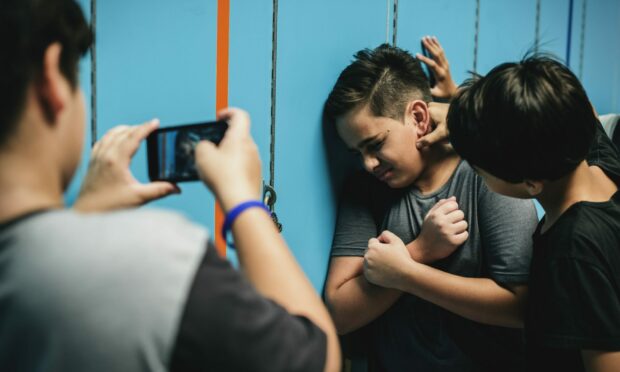
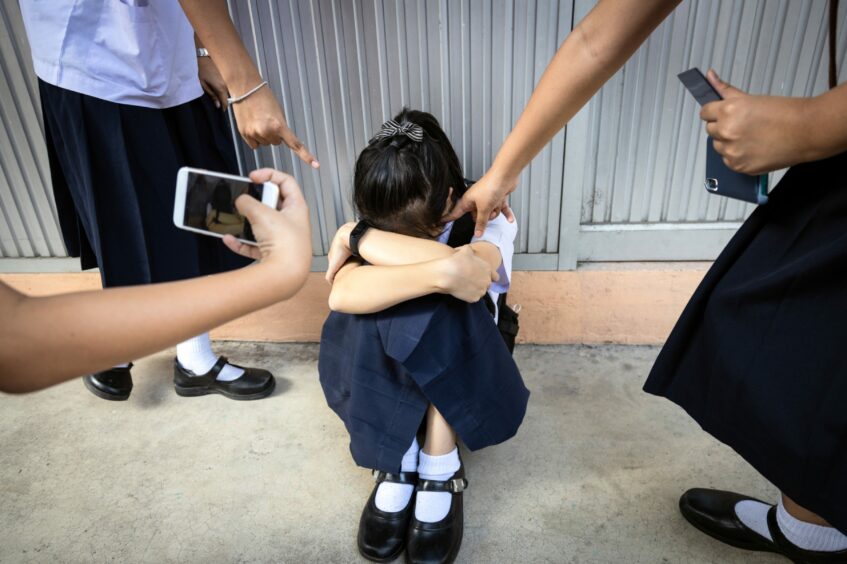
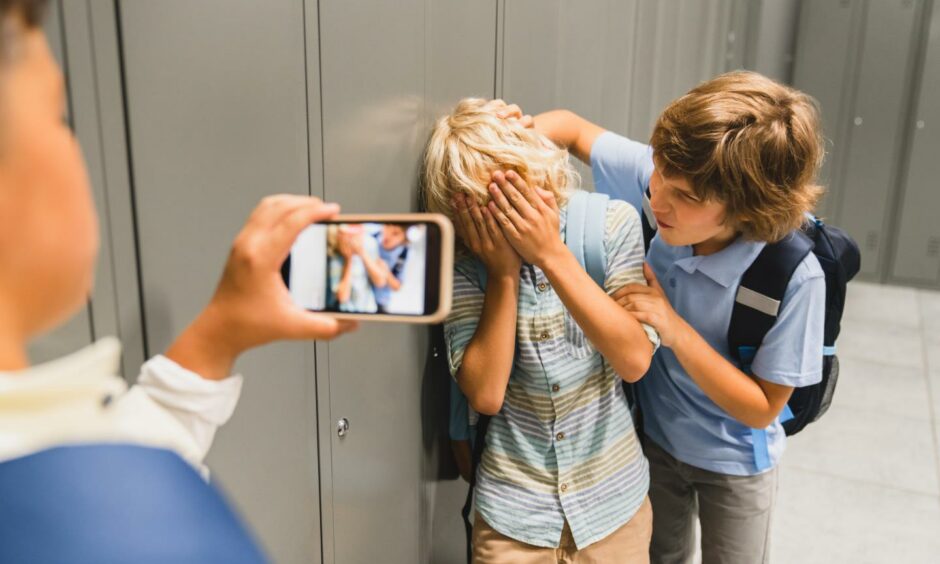
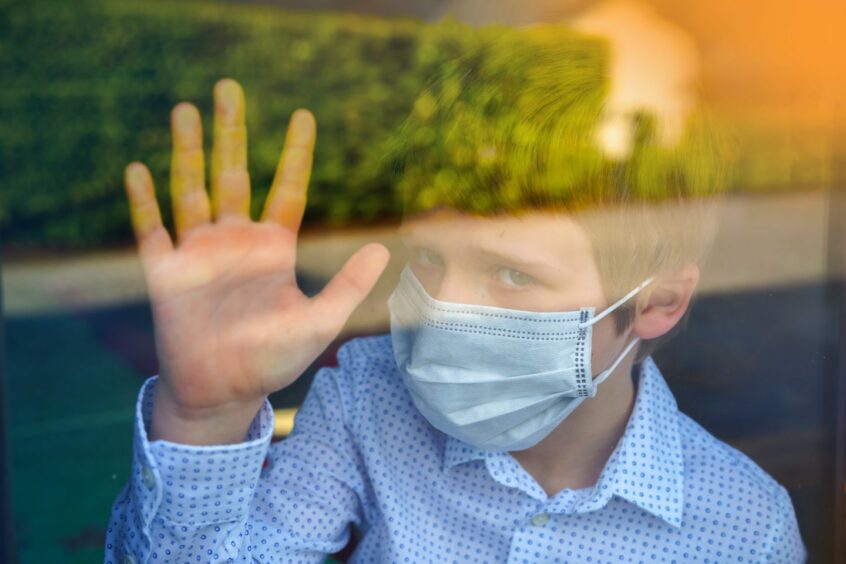
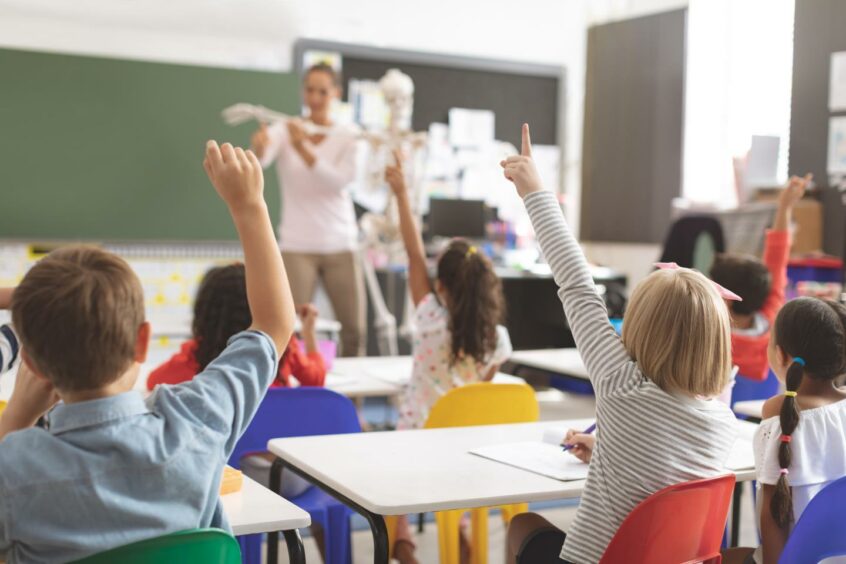
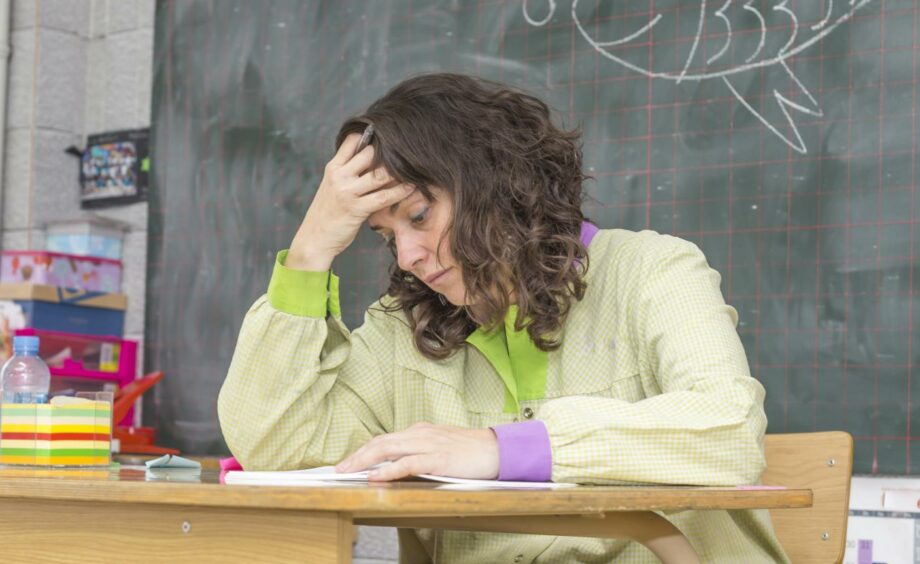

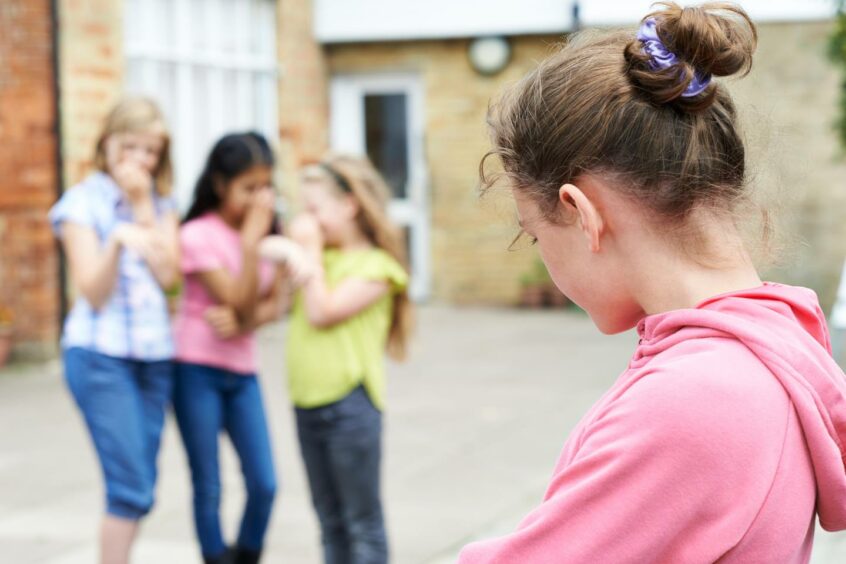
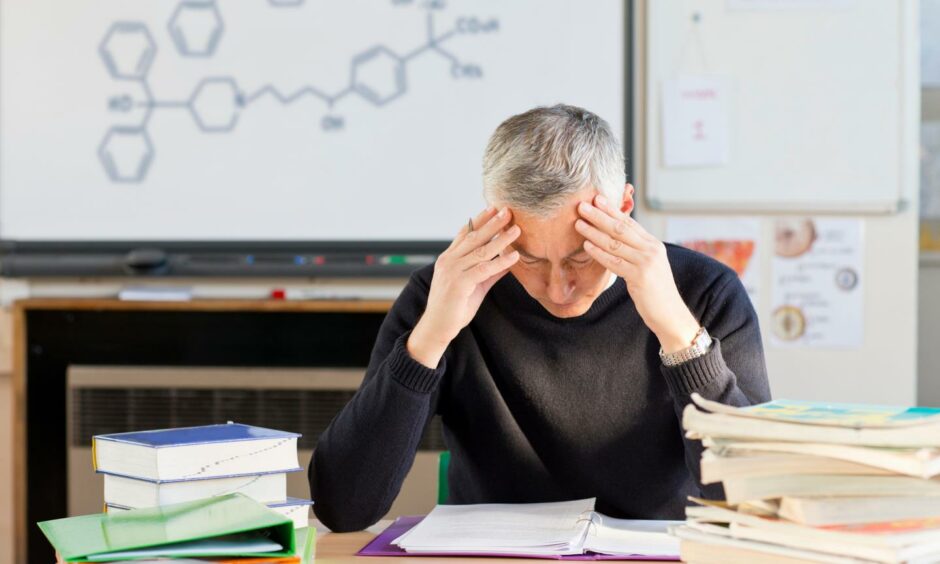
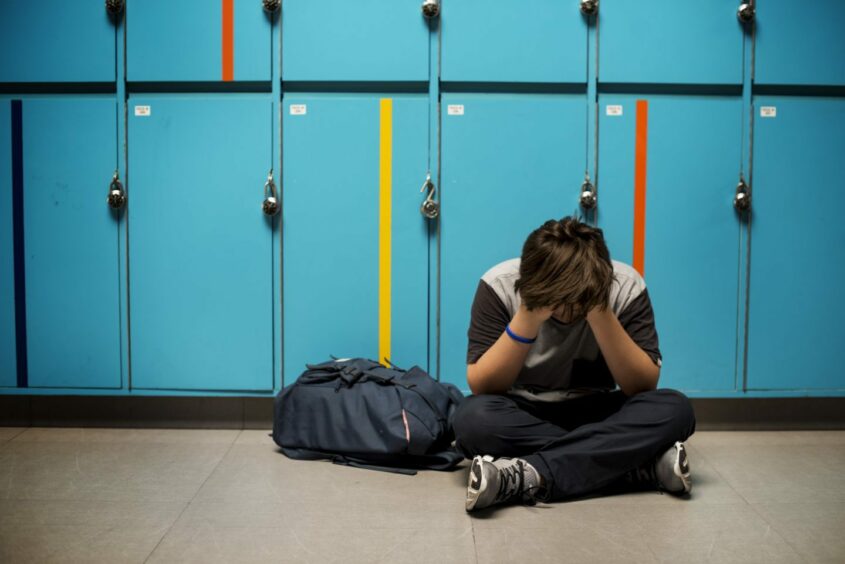
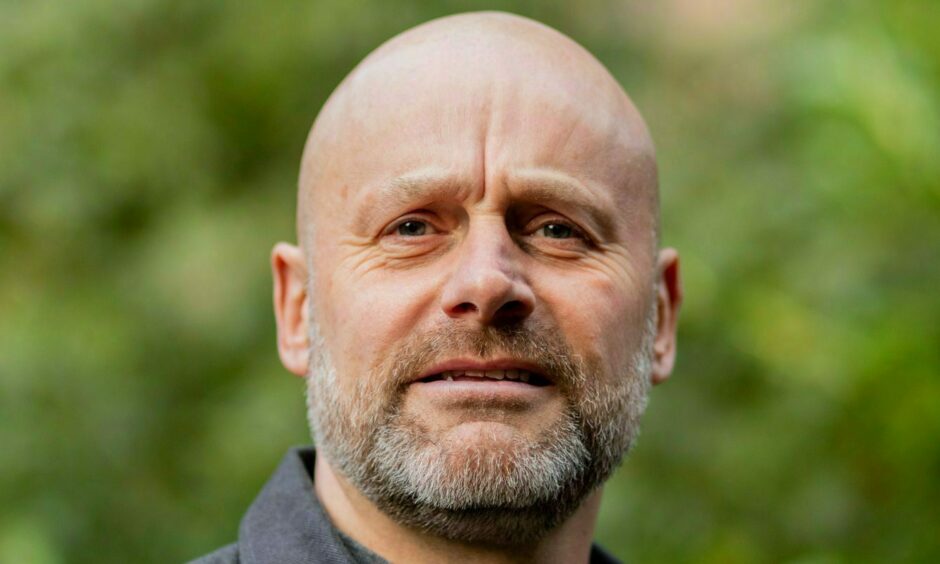
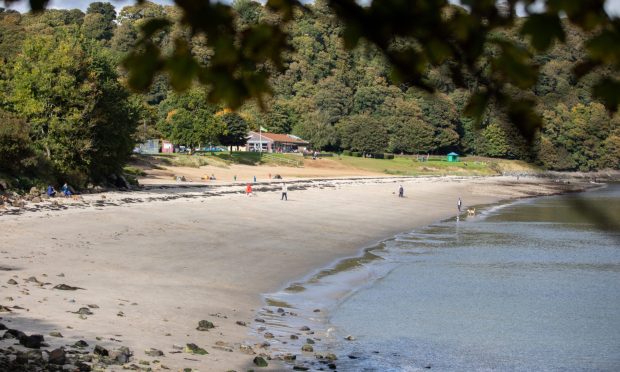
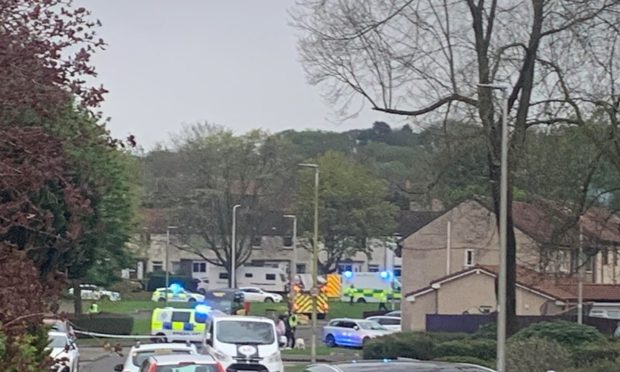
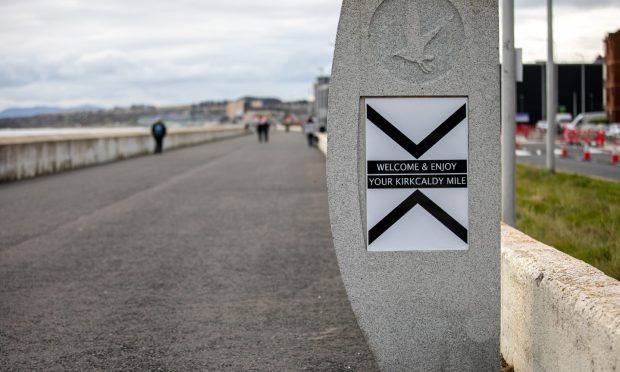
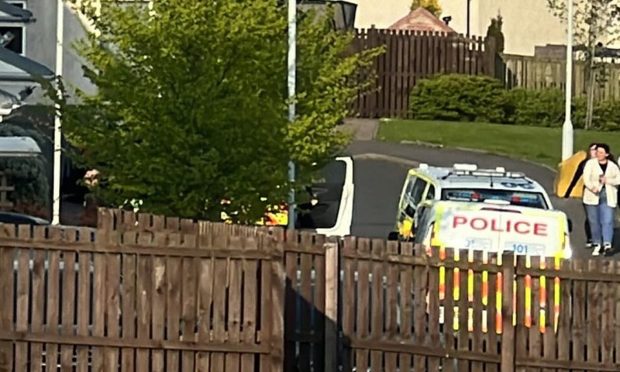
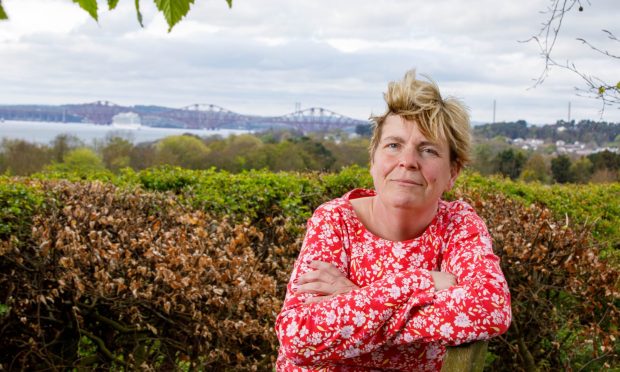
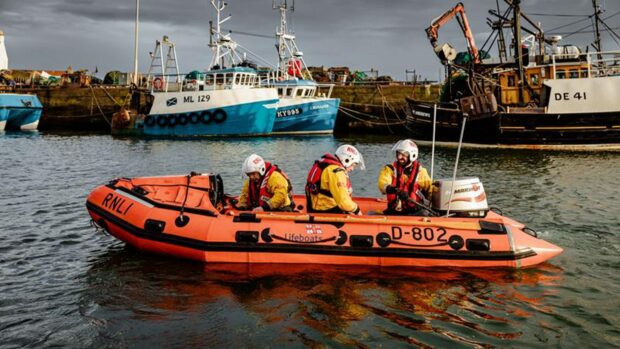

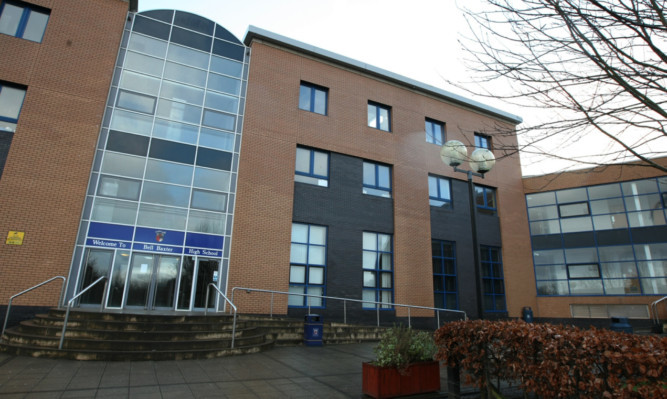
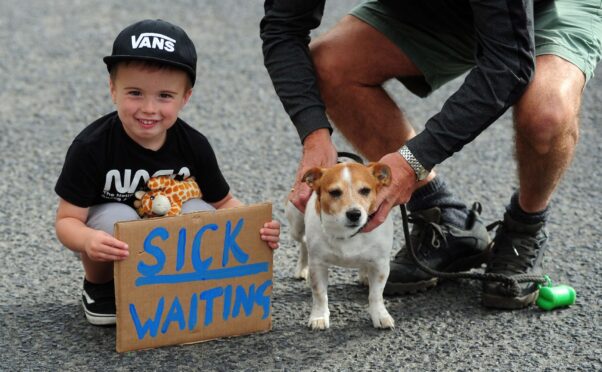

Conversation